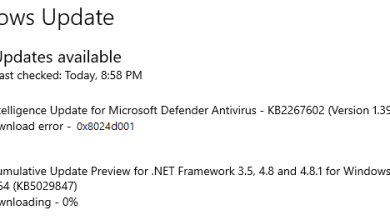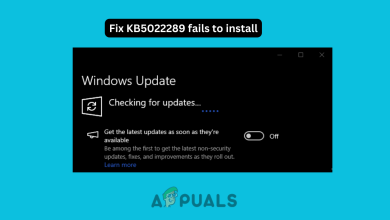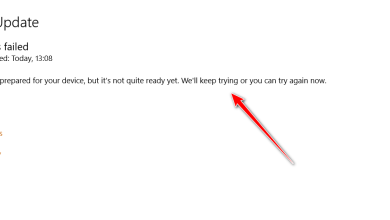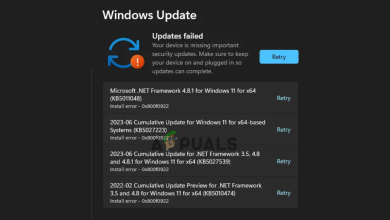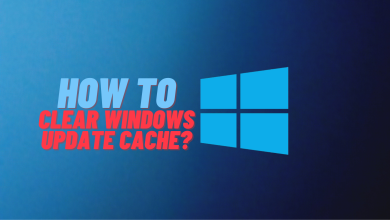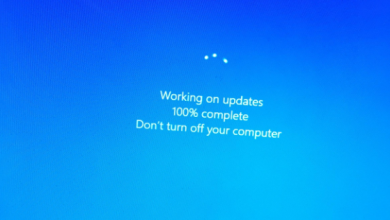How to Fix the Windows Update Error 0x80070157 on Your PC?
When you attempt to install a Windows update, you may encounter the error “0x80070157.” This error prevents you from updating Windows and causes issues during the installation of updates. It can occur for a variety of reasons, such as corrupted system files, problems with Windows Update components, insufficient disk space, or conflicting programs.
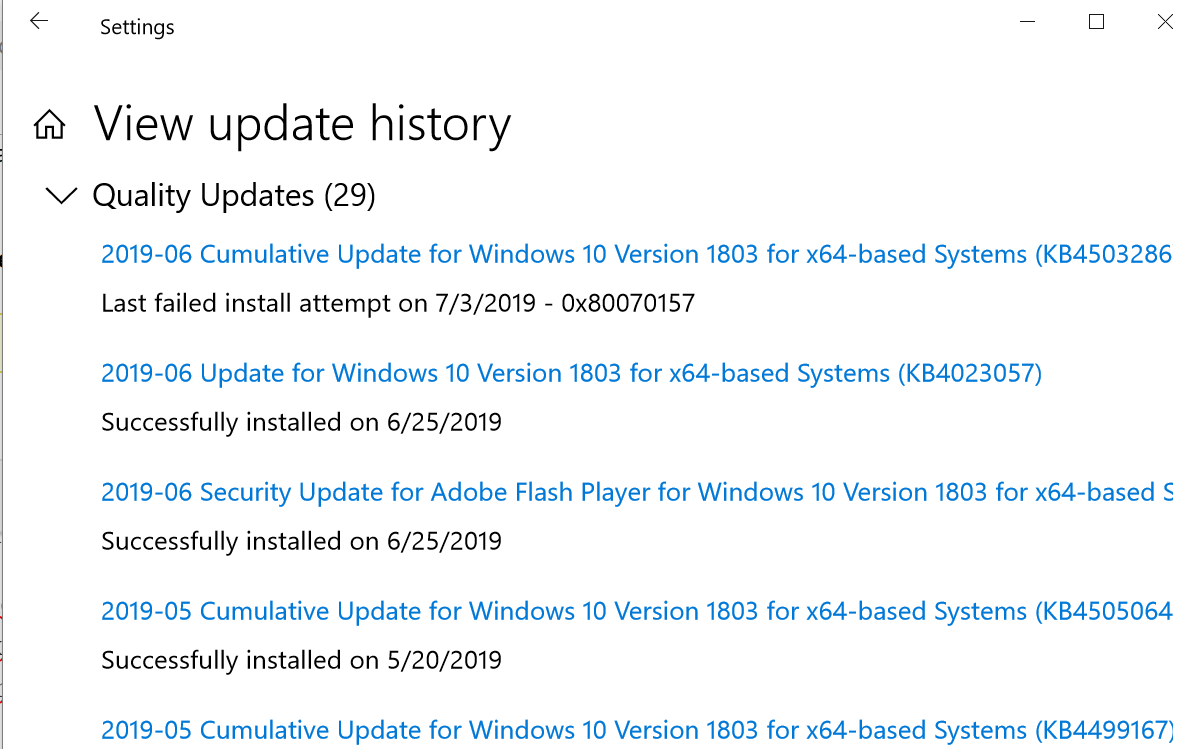
In this article, we will learn how to resolve this issue and update Windows to the latest version.
1. Run Windows Update Troubleshooter
The Windows Update Troubleshooter is a utility in Windows designed to identify problems that occur during the installation of updates and attempt to resolve them. It is recommended to run the Windows Update Troubleshooter before trying other methods.
- Open the Search bar, type Troubleshoot Settings, and then open it.
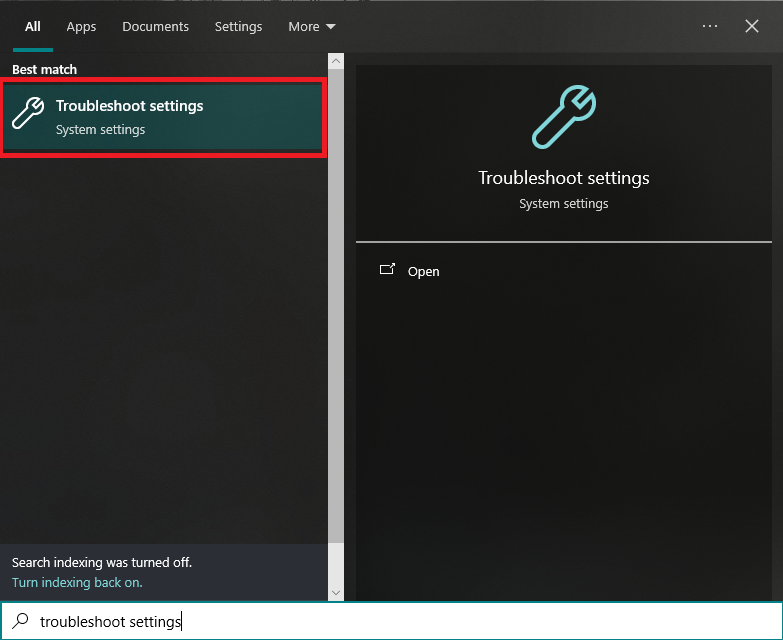
- In Troubleshoot Settings, click on Additional Troubleshooters.
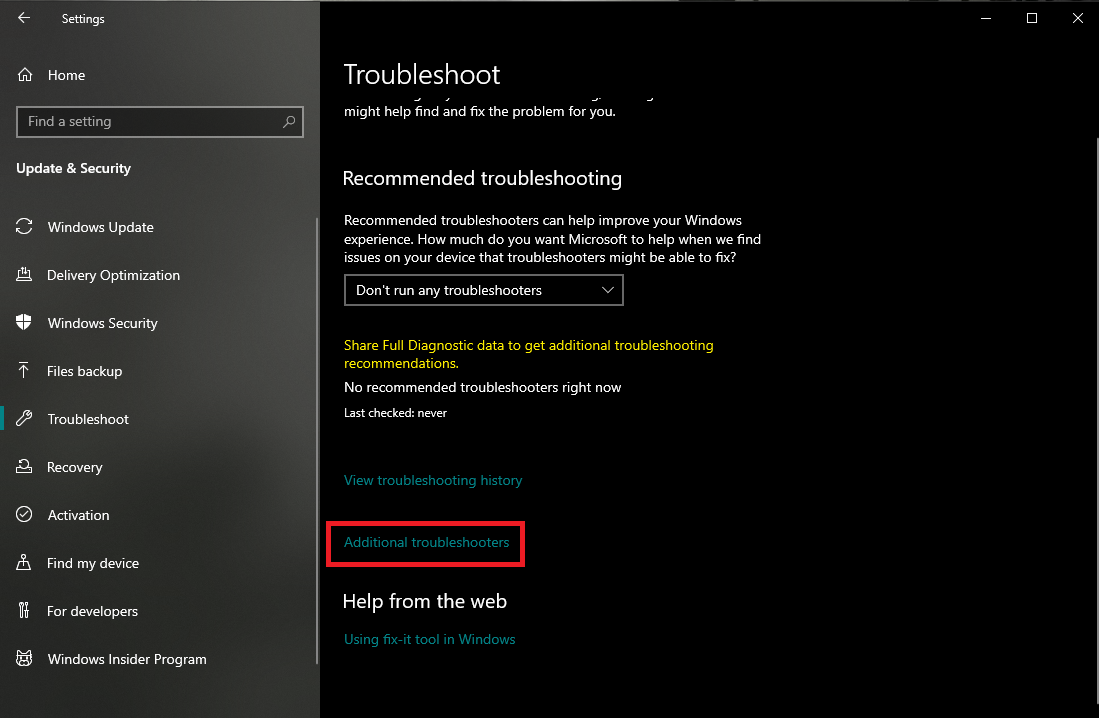
- Select Windows Update and click Run the Troubleshooter.
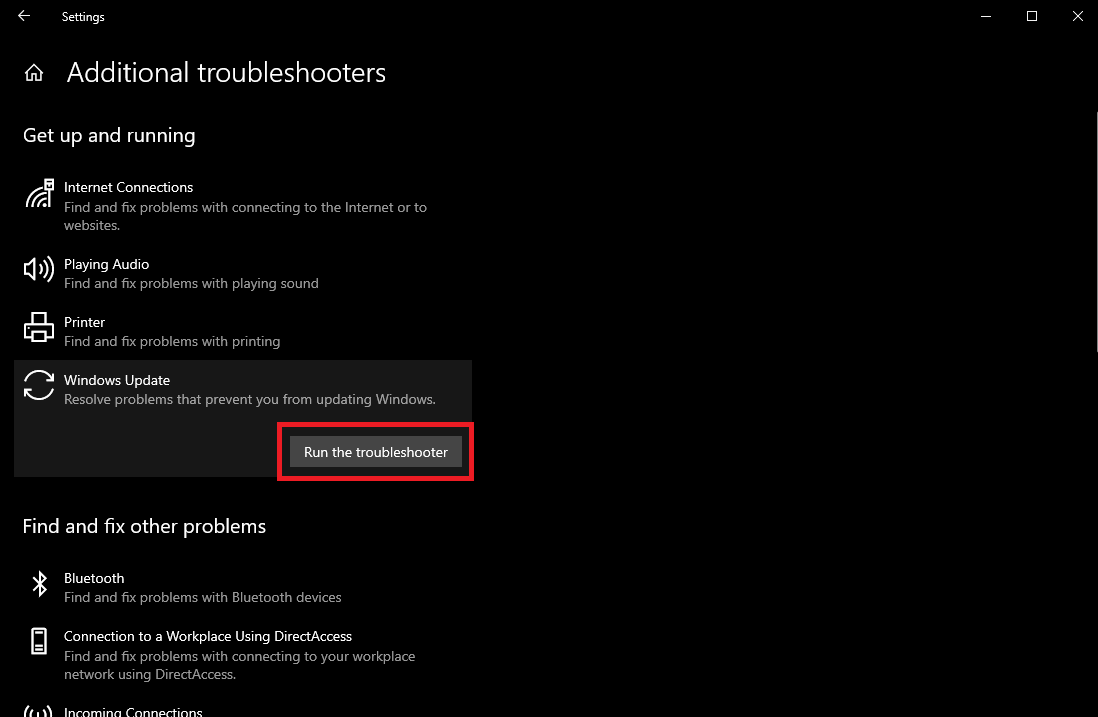
- Follow the on-screen prompts to see if the issue is resolved.
2. Reset Windows Update Components
Windows Update components must function properly to install updates. An issue with these components can prevent Windows from updating and display the error.
To fix this, we can reset all update components to their default settings. You will need to run various commands in the Command Prompt, but to simplify the process, we’ve created a batch file for you. It contains predefined commands necessary to reset the components. Simply download this file and run it with administrative privileges.
- Download the batch file by clicking here.
- Click on Download Anyway.
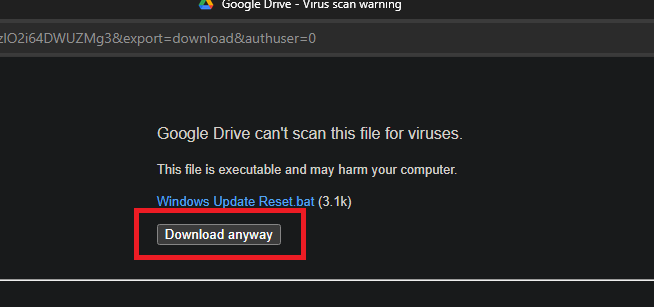
- Right-click on the downloaded file and choose Run as administrator.
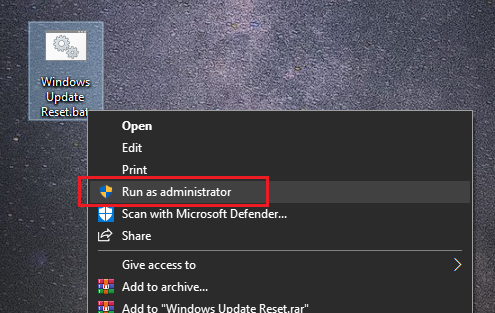
- In the security dialog box, click on More info, then select Run anyway.
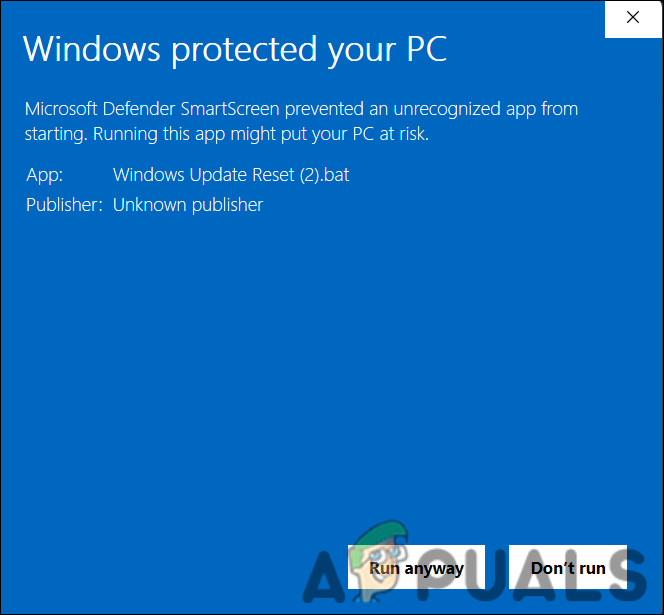
Run the batch file - Click Yes in the User Account Control dialog.
- Once the process is complete, restart your PC and check if the issue has been resolved.
3. Run SFC and DISM
Corrupted system or Windows update files can create issues during update installation. Running the System File Checker (SFC) and Deployment Image Servicing and Management (DISM) utilities will scan for, repair, and restore corrupted files. SFC fixes corrupted system files, while DISM addresses system issues and can add updates or drivers.
- Open the Search menu, type cmd, and run the Command Prompt as an Administrator.
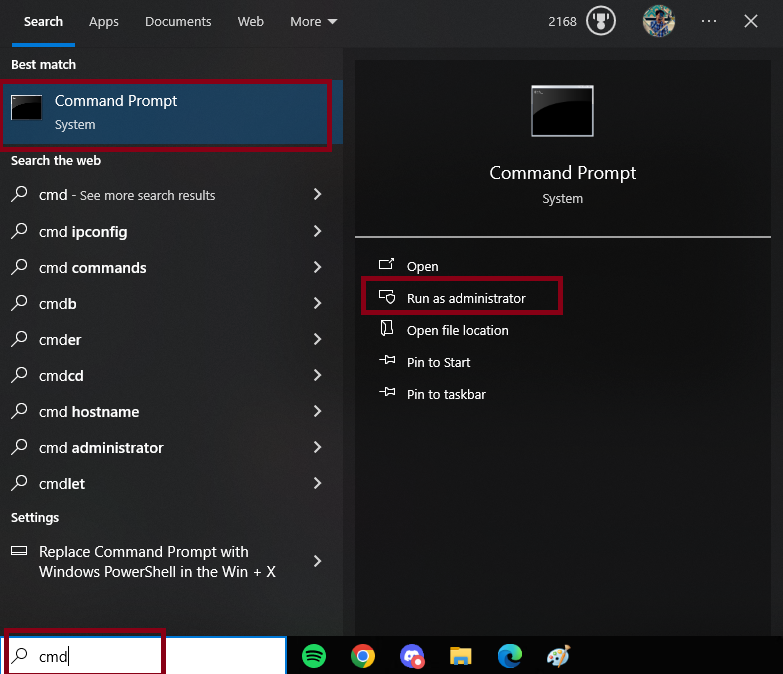
- Enter the following commands in Command Prompt:
sfc /scannow
Dism /Online /Cleanup-Image /RestoreHealth
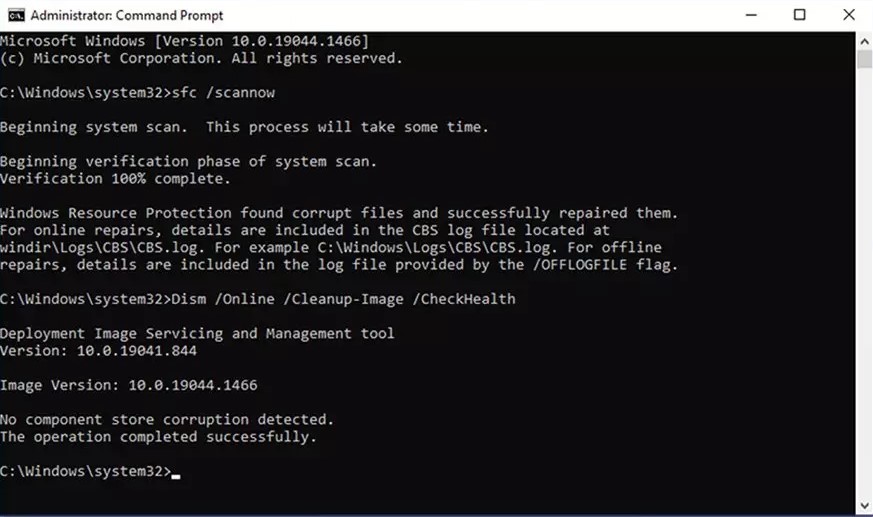
- After completing the process, close Command Prompt and restart your PC.
4. Edit Registry
Registry keys are crucial for Windows, and if there is a conflict or incorrect value, it can cause Windows update installations to fail. Editing the registry keys may resolve the issue but proceed with caution; incorrect modifications to the registry can lead to system malfunctions.
Note: Use caution when editing the registry as incorrect changes can cause the system to operate improperly.
- Right-click on the desktop and create a new Text Document.
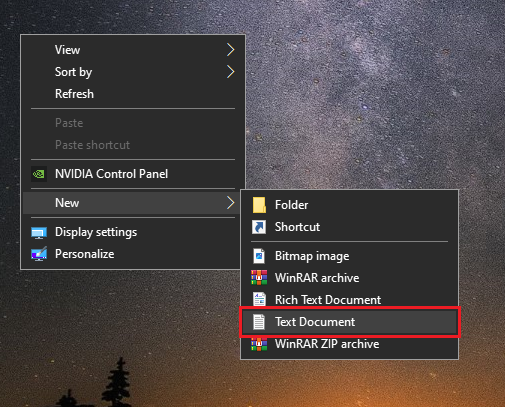
New Text Document - Type the following text in the document:
Registry Editor Version 5.00 [HKEY_LOCAL_MACHINE\SOFTWARE\Microsoft\WindowsUpdate\UX] “IsConvergedUpdateStackEnabled”=dword:00000000 [HKEY_LOCAL_MACHINE\SOFTWARE\Microsoft\WindowsUpdate\UX\Settings] “UxOption”=dword:00000000

- Click on File > Save As.
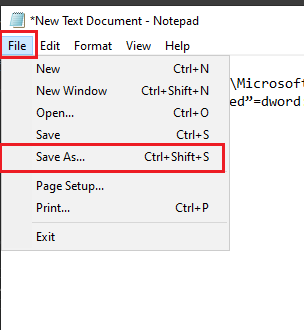
Save the document - Change the Save As Type to All Files and name the file update key.reg.
Note: Make sure the file extension is .reg as it directs to a registry key editor file.

- Run the .reg file and confirm any prompts that appear.
- After completing the edits, restart your PC and try installing updates.
5. Use Windows Update Assistant or Media Creation Tool
Issues with the default Windows updater could be causing problems. In such cases, the Microsoft Windows 10 Update Assistant—an alternative to the default updater—can be used to download and install updates.
For details on how to use the Windows 10 Update Assistant, visit this page.
Should the Windows 10 Update Assistant not resolve your issue, consider using the Media Creation Tool. This Microsoft tool bypasses the normal update process to install Windows and updates without interruption.
To learn about using the Media Creation Tool, see our article explaining the process.
6. Download Updates from Microsoft Update Catalog
If previous solutions have been unsuccessful, consider downloading and installing updates manually from the Microsoft Update Catalog. The website is specifically for downloading and installing updates without using any tools. Look for the update causing problems and follow the provided instructions to download and install it from the Microsoft Update Catalog.
